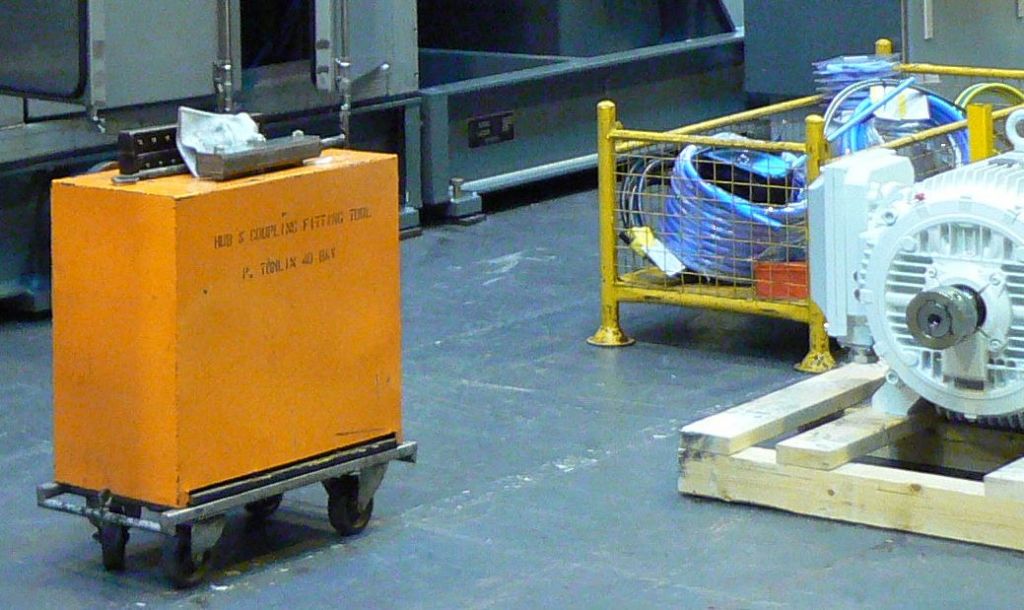I have not heard of heating bearings.
A widely used technique – SKF and others sell (ferociously expensive) induction heaters specifically for the purpose of heating inner races without using localised heat sources that could distort the race or interfere with the heat treatment. My previous employer used to hire one in from the bearing supplier to fit headstock bearings to large lathe spindles. The heaters we used had a temperature sensor that was attached to the race & the heater warmed it to a preset value. The other option was to use an oil bath, but that becomes awkward and messy (with attendant fire risk) with bearings of 2-3 foot bore.
The MZ manuals give dimensions for the inner race heating billets for the various bearings in their workshop manuals.
Another option (where heat isn't an option or appropriate) is deep cooling in liquid nitrogen. We used BOC Cryoservice (sp ? ) for that. Pop your shafts in liquid nitrogen for a minute or so & they would fall into the bearing !
I think more of "interference" fits rather than "press" fits – I don't particularly like pressing bearings if I can find another way (a bit of heat usually). The interference is to stop movment between the bearing and housing / shaft in service, so that the bearing carries to load & the housing / shaft don't get worn.
Nigel B.
bernard towers.


 ) press on to the shaft through the inner ring and not the outer ring.
) press on to the shaft through the inner ring and not the outer ring.


